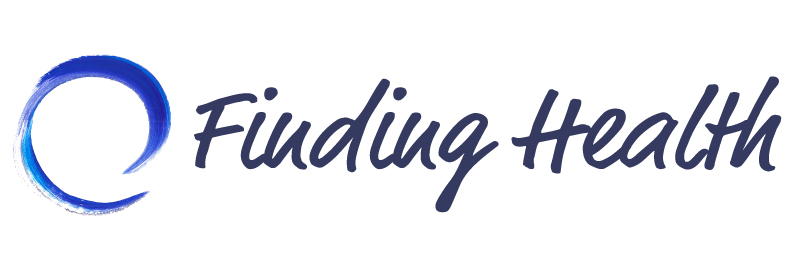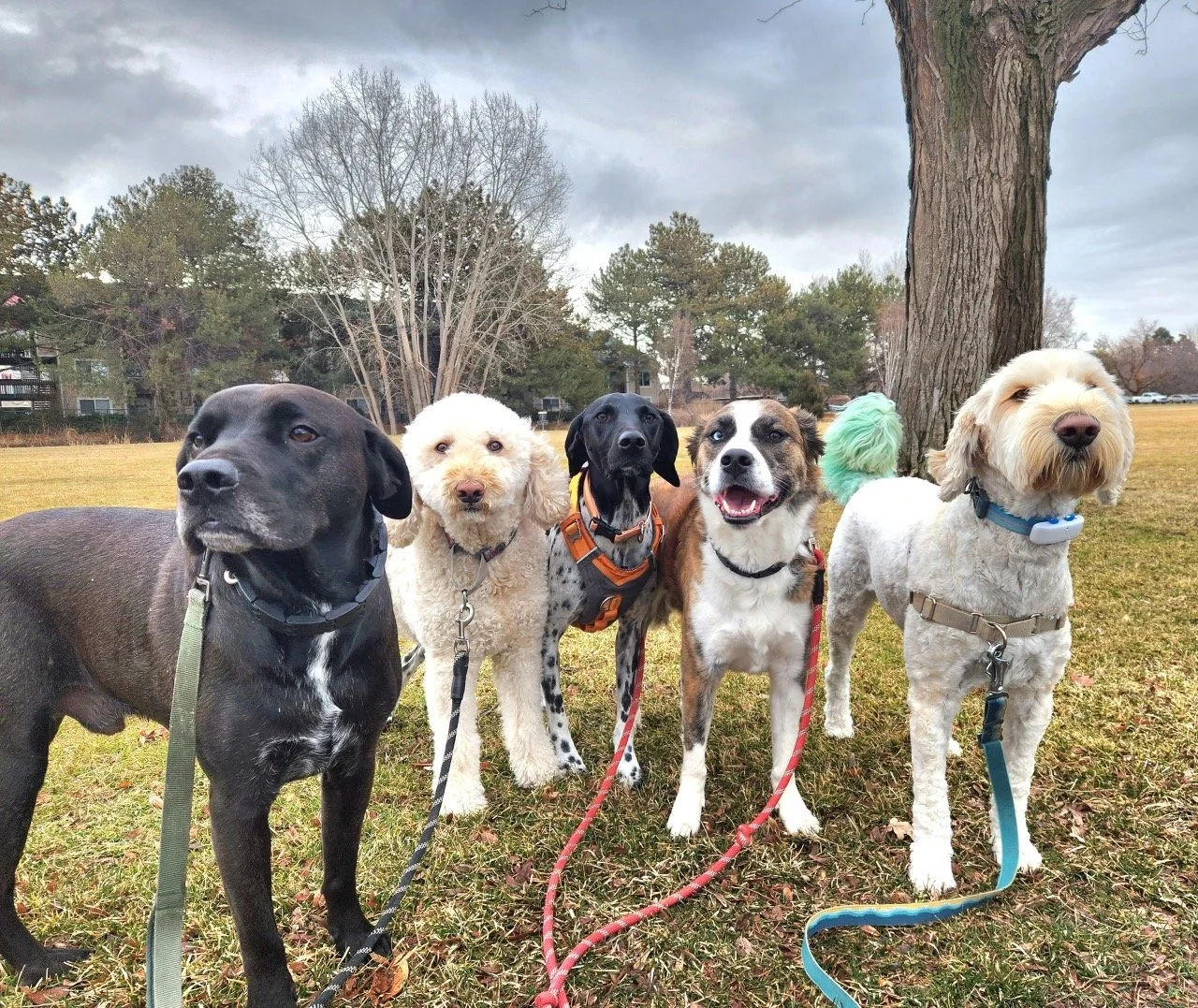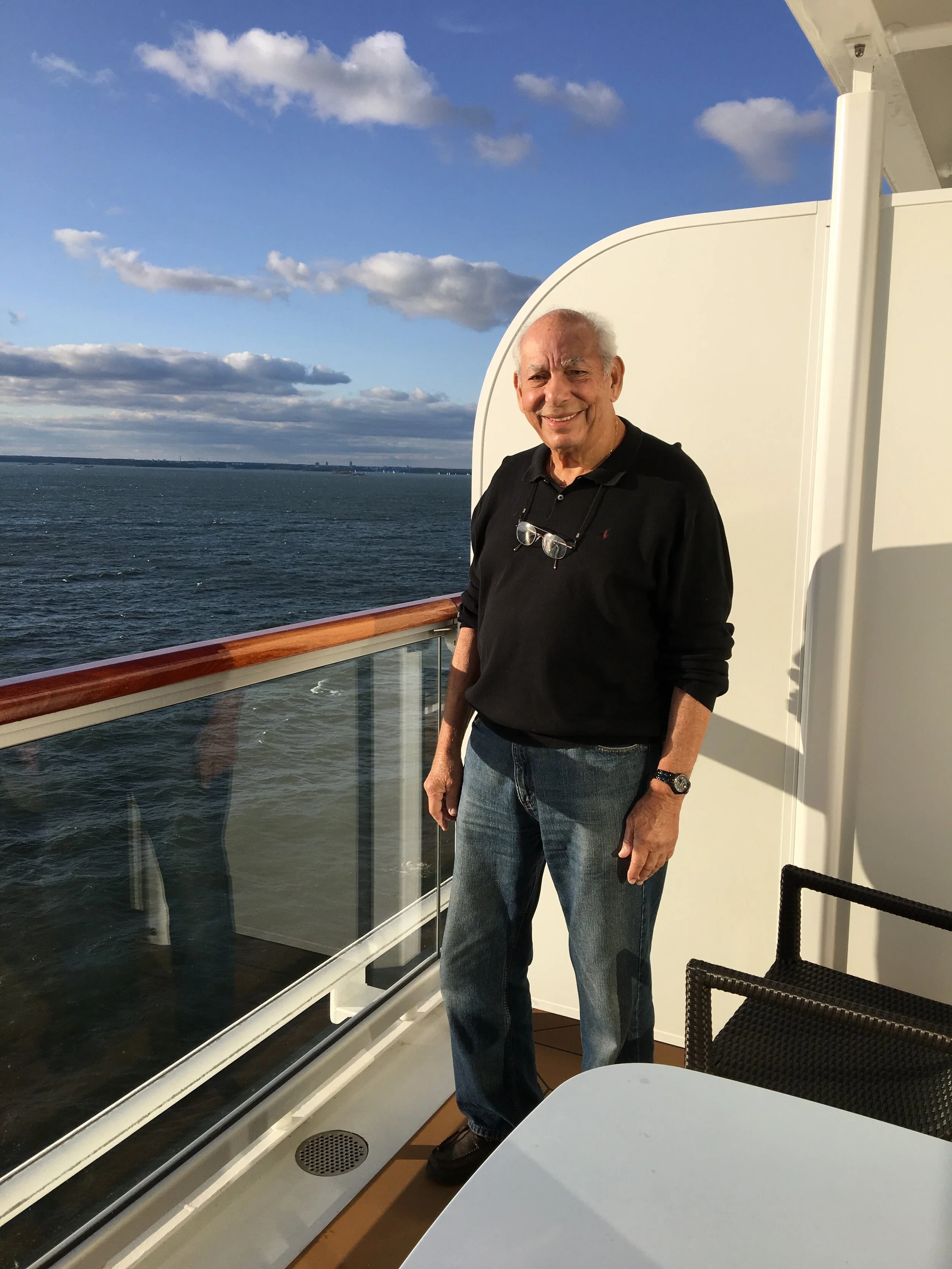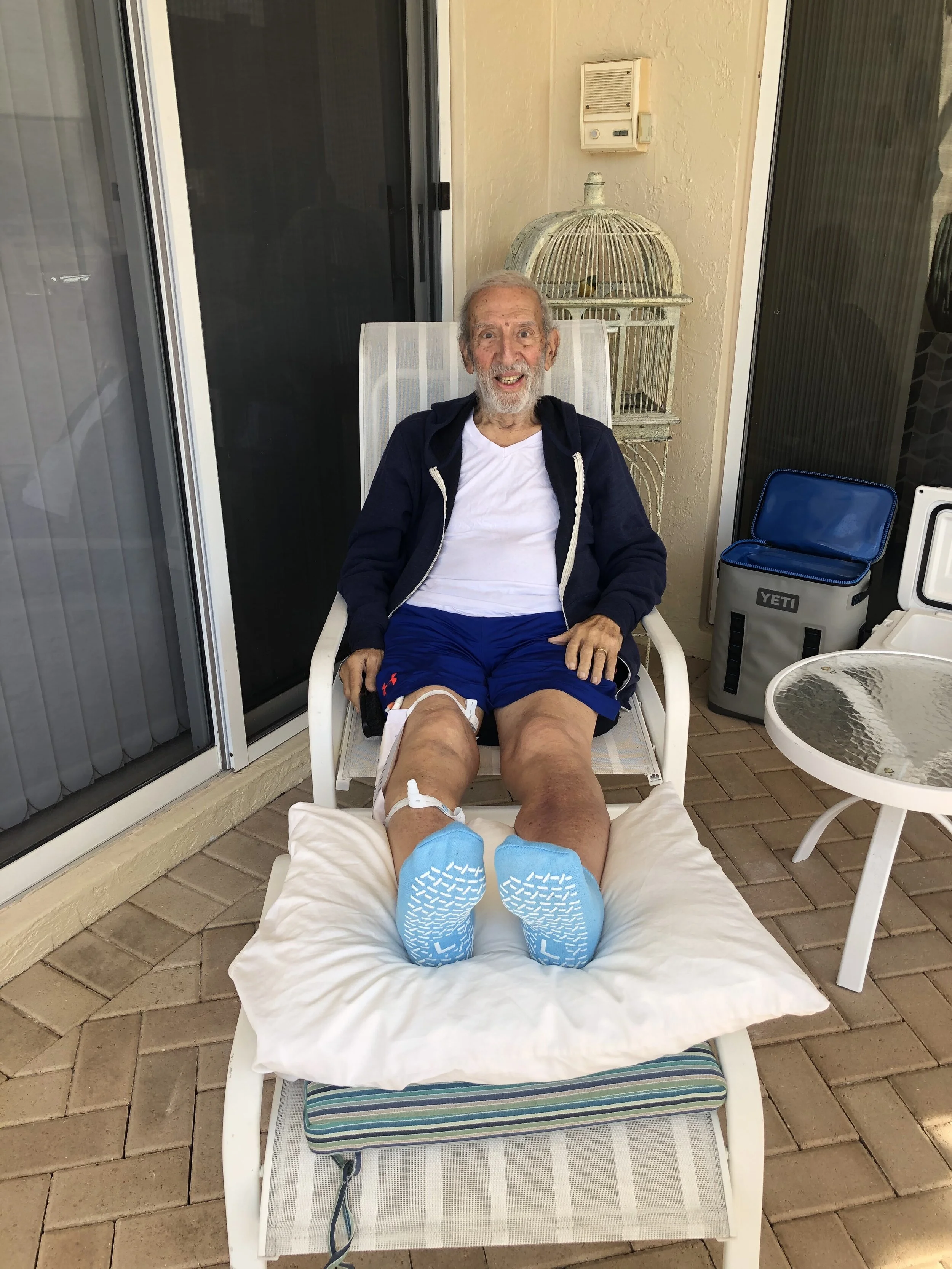Time To Heal
/The children tried to cope, but at times, the best they could do was to go into a room and scream, sometimes for more than an hour, emerging exhausted and distant. They struggled to find comfort in play, unburdened by the weight of their experiences.
As a summer intern in this hospital for abused children, I hoped to get experience with a speech therapist on staff, but as I walked the halls after hours, and listened for the children, the depth of their suffering, and the response of the medical director moved me in a way that would change my direction.
I remember this physician as a smaller man, serious and determined, and when most of the staff had left the hospital for the day, I would find him in his office, sitting quietly, staring off into the dimly lit room, contemplating ways to reach these children and help them find peace.
It seems natural to want to cry for these kids, scream with them, pound our fists at the injustice and sheer cruelty of their experience, but this only further diminishes peace.
“Health is connection.”
I looked to this physician for guidance. How do we help them heal? He taught me without words, with glances and a timed touch of a child’s arm, with dedication to his art, seeking, listening and trusting in that which is innate and motivates our healing.
He poured over charts, made endless calls to family members and other practitioners, and researched innovative treatments, but what I remember most was his time with the children.
When he was with the children, he was fully present, his eyes met theirs and they shared an unspoken, but profoundly clear connection, an acceptance that in itself was healing. Even the most withdrawn children seemed to watch for him, and at times seek him out.
After a few months, I went home and informed my parents that I was going to medical school. I had experienced something that had changed me, and while I didn’t completely understand what it was at the time, I knew that it was profound. Many physicians share similar stories, highlighting the connection between physicians and patients as the primary motivation for their decision to train to practice medicine.
But as the medical field has changed over the past 30 years, the physician-patient relationship that inspires many of us to commit to this demanding profession has been influenced by increasing administrative duties, performance measures and regulation.
When physicians are evaluated by the number of patients they see in a work day, and required to integrate often complicated and time consuming electronic medical records with expanded coding responsibilities, there is much less time and energy for relationships. Depersonalization of medicine results, with both physicians and patients aware that something integral to healthcare is missing.
Patients often express frustration with their inability to reach their physicians directly to discuss tests or diagnoses, the shortened time with their doctors during office visits and the absence of a shared journey as they face obstructions to health.
Physicians frequently express their dissatisfaction when the medical system does not prioritize their relationship with patients, and is not willing to dedicate resources to ensure that this aspect of care is protected.
Patients share with me that they do not feel valued and respected, and physicians echo these frustrations.
In response, growing numbers of physicians - striving to negotiate these changes while continuing to meet their patients’ needs - are experiencing diminished health and well-being, and consequently, decreasing their hours and even leaving the medical field altogether.
Some patients, reluctant to participate in a system that interrupts their connection with their physician, explore options on their own, piecing together an often fragmented treatment plan without the benefit of a trusted relationship with a physician. Others move from one practitioner to another to get answers or satisfy their need for communication with a physician.
When teaching a recent workshop to address physician burnout, I met an inspiring physician who despite frequent job changes and limited resources, always remained attentive to his relationship with his patients. We talked enthusiastically about the reasons that we love practicing medicine, the privilege of sharing our patients’ journeys and the ways that respectful, compassionate relationships with patients promote healing. We discussed the value of returning to a healthcare system rooted in the connection between a patient and a physician.
Healing takes time, time for the patients to unwind and share their stories, time for physicians to carefully listen and offer advice, and importantly, time to explore healing together.
At a time when both physicians and patients are expressing deep dissatisfaction with the depersonalization of medical care, making more time for the patient-physician relationship, the connection that so often brings meaning to our efforts in medicine, may help both patients and physicians heal.








